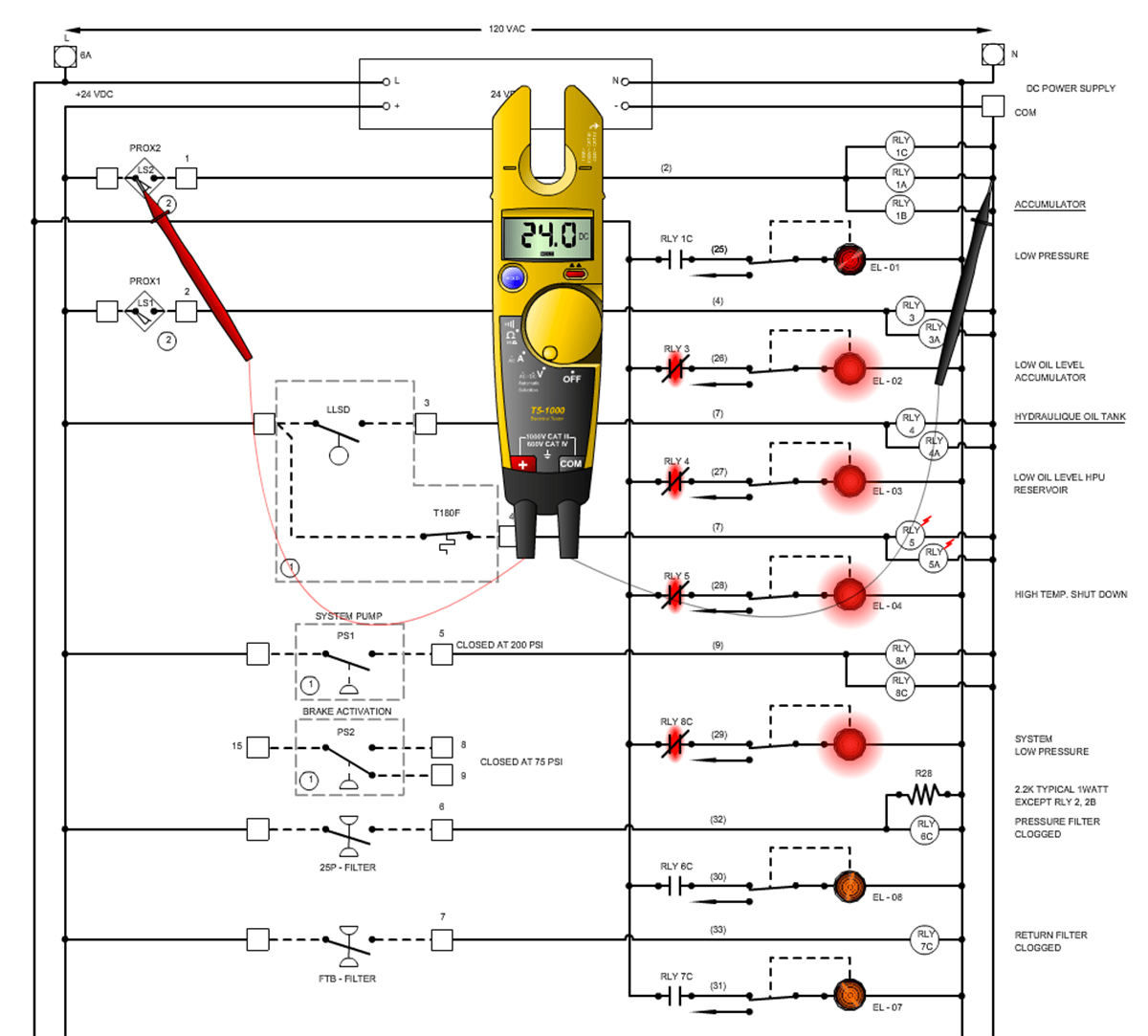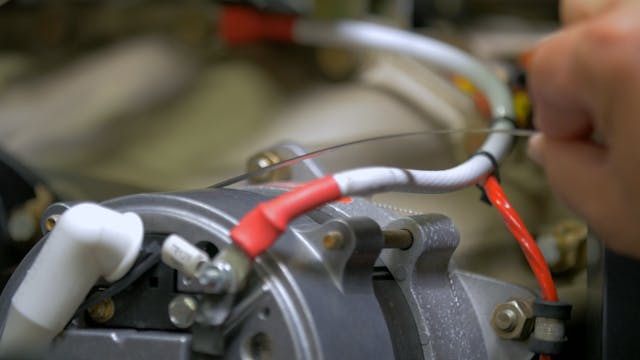Top Tips for Effective Electric System Troubleshooting
Fixing electric systems requires a methodical strategy, based in a thorough understanding of electrical concepts and safety methods. By familiarizing oneself with circuit elements, utilizing important devices, and adhering to a structured assessment approach, specialists can effectively determine and settle problems. Nonetheless, the subtleties of reliable troubleshooting prolong past plain technical understanding; recognizing how to document searchings for and focus on safety can substantially influence results. As we explore these critical elements further, it comes to be clear that grasping this process is not simply advantageous but important for success in the field.
Understand the Basics
Comprehending the basics of electrical systems is important for efficient troubleshooting, as a solid structure permits service technicians to detect and settle concerns much more effectively. A comprehensive grasp of electrical principles, such as voltage, current, resistance, and power, is essential in recognizing the origin of problems. Voltage is the electric possible distinction that drives existing with a circuit, while resistance opposes the circulation of current, impacting the general functionality of the system.
Experience with circuit parts, consisting of resistors, capacitors, diodes, and switches, is likewise paramount. Each component plays a distinctive role in circuit actions and can affect efficiency when malfunctioning. In addition, recognizing series and parallel circuit configurations is crucial, as these arrangements affect the circulation of voltage and existing within the system.
Specialists have to be mindful of prospective risks, such as shock and brief circuits, to implement safe troubleshooting practices. By grasping these foundational concepts, professionals boost their capability to carry out efficient diagnostics and repair services, eventually leading to improved performance and reliability of electrical systems (electrical system troubleshooting).
Gather Necessary Equipment
Effective troubleshooting of electric systems calls for the best set of devices to diagnose and deal with issues properly. A well-appointed professional can substantially improve performance and effectiveness in identifying issues. Necessary tools include a multimeter, which determines voltage, existing, and resistance, enabling for exact analyses of electrical components. Clamp meters are additionally important for determining present without disconnecting the circuit, making sure safety and security and ease.
In addition, protected hand devices such as screwdrivers, pliers, and cord strippers are critical for securely manipulating electrical links. It is likewise a good idea to have a circuit tester available to verify the visibility of voltage in electrical outlets and wires. For even more facility systems, a thermal imaging video camera can assist identify overheating elements, showing prospective failings.

Follow a Systematic Approach
Having actually collected the ideal devices, the following action in repairing electrical systems is to comply with an organized approach. A methodical strategy ensures that professionals can recognize faults effectively and precisely, lessening downtime and protecting against unneeded repairs.
Begin by reviewing the system's schematic diagrams and specs. Understanding the design and operational criteria will provide context for identifying issues. Next, separate the problem area by utilizing a procedure of removal. This includes checking each component methodically, beginning with the source of power and working towards the tons.
Make use of testing devices, such as multimeters and oscilloscopes, to gather unbiased information regarding voltage, current, and resistance at various factors within the system. regulatory compliance assistance This empirical proof will assist your troubleshooting efforts and aid to confirm or remove possible root causes of failure.
In addition, take into consideration environmental factors that might influence the system's performance, such as temperature level changes or moisture access. A detailed examination of wiring, links, and elements will certainly make certain that all opportunities are represented.
File Your Findings
Extensive paperwork is necessary in the repairing procedure of electric systems. This technique not only aids in understanding the root cause of the problem but also offers as a referral for future repairing initiatives.

In addition, keeping a log of components replaced or repair services done is important. This information sustains supply monitoring and can assist examine the longevity and reliability of details parts.
Inevitably, the documents procedure need to be extensive yet concise, allowing very easy access and testimonial - electrical system troubleshooting. By focusing on detailed paperwork, service technicians can produce a valuable data base that not only aids in current troubleshooting however likewise empowers future maintenance initiatives, thereby boosting overall system dependability

Prioritize Precaution
Recognizing the integral dangers connected with electric systems is critical for making certain safety throughout troubleshooting. Electrical shock, burns, and equipment damages are just a few of the prospective dangers that professionals deal with. Focusing on precaution is not only a lawful commitment yet also an ethical imperative that safeguards both the professional and the surrounding atmosphere.
Before beginning any type of troubleshooting job, technicians must wear appropriate personal safety equipment (PPE), consisting of protected handwear covers, safety glasses, and flame-resistant clothes. Making certain that the workplace is completely dry and cost-free of mess can considerably decrease the threat of mishaps. In addition, it is crucial to de-energize circuits before starting any type of job, validating that they are not live with the usage of a multimeter or voltage tester.
Establishing clear communication protocols with team members is additionally vital; this guarantees that everybody understands possible risks and the condition of the electric system being serviced. Having an emergency response plan in area can show important in the occasion of an event. By prioritizing precaution, service technicians can successfully reduce dangers and foster a safer office.
Conclusion
Efficient electrical system troubleshooting depends on a thorough understanding of essential concepts and a systematic approach. Prioritizing safety steps guarantees the well-being of people included and the integrity of the electrical system.